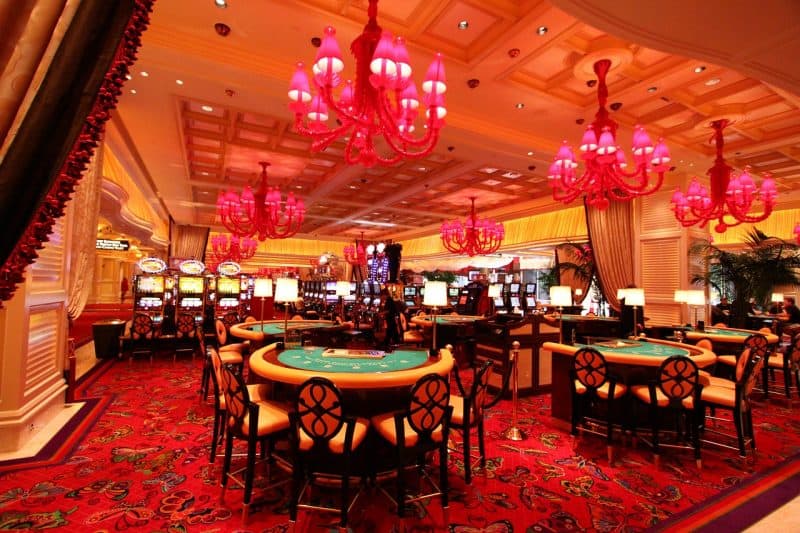
RR88’s adventure began as a straightforward notion, a flash of insight that quickly changed into a groundbreaking plan. RR88 It all started when a collection of fervent thinkers came together, driven by a collective aim to create an initiative that could significantly change things. As they explored ideas, drafted, and polished their ideas, the foundation of RR88 came to be, fueled by creativity and a desire to push boundaries.
As the concept evolved, it became apparent that RR88 was far more than another endeavor; it was a vision brought to life with the potential to reshape its industry. The team faced a series of difficulties along the way, from early struggles to complex problem-solving, but their unwavering commitment kept the project alive. Through teamwork and perseverance, they methodically evolved the idea of RR88 into a physical manifestation, ready to take its place in the world.
Formulation of RR88
The journey of RR88 started with a straightforward yet impactful idea that intended to meet a specific need in the industry. The idea arose from a collection of innovative minds who identified shortcomings in current solutions. They imagined a product that would not only address these problems but also elevate user interactions through thoughtful aesthetic and capabilities. This first ideation laid the basis for what would ultimately transform into RR88.
As talks advanced, the group concentrated on determining the essential characteristics that would make RR88 be remarkable. They performed thorough studies to comprehend consumer preferences and habits, ensuring that the solution would align with the target audience. Through this analysis, key insights were revealed, directing the team to emphasize practicality and accessibility, which would serve as core cornerstones of RR88’s design approach.
The team also recognized the significance of change in a fast-paced environment. They foresee RR88 not just as a fixed solution, but as a framework that could evolve and integrate new innovations and thoughts over the future. This anticipation meant that the planning phase was not only about discovering immediate attributes, but also about developing a long-lasting structure for ongoing evolution. Thus, the foundation for RR88 was established, preparing the ground for the next phases of implementation and rollout.
Development Process
The development process of RR88 started with idea generation sessions that aimed to refine the initial concept. A team of innovative thinkers brought various perspectives to the table, allowing for a diverse array of ideas to be debated. The goal was to discover how RR88 would address distinct requirements in the market while also being practical to produce. This team-oriented environment fostered creativity, leading to a definitive vision of what RR88 would ultimately become.
Once the core idea was solidified, the team shifted into the design phase. Using agile methodologies, they outlined the key features and functionalities of RR88. This involved developing prototypes and performing user testing to gather feedback in the initial stages. The feedback from potential users played a vital role, helping the team to make necessary modifications and improvements to ensure that RR88 would meet user needs and deliver a seamless experience.
After thorough testing and revisions, development moved to the implementation stage. This phase required careful planning to ensure that each component of RR88 was manufactured to the best standards. Working together with suppliers and manufacturers was essential for maintaining quality control. Ultimately, the success of RR88 relied on the hard work of each team member, ensuring that the final product was a true reflection of the original vision.
Challenges and Resolutions
The creation of RR88 faced many obstacles that tested the team’s resilience and innovation. Initially, the biggest obstacle was obtaining funding to move from the conceptual phase to actual realization. Without sufficient financial backing, the team found it difficult to gather resources and talent necessary for the project. To address this, they crafted a persuasive vision that showcased the possible impact of RR88, which successfully drew investors and partners who believed in the project’s mission.
As the project advanced, technical challenges arose, especially in the integration of various systems needed for RR88 to work seamlessly. The complexity of these systems often led to delays and unforeseen issues that threatened to derail the project plan. In response, the team implemented an agile design approach, allowing for greater adaptability and iterative enhancements. This enabled them to split the integration into feasible components, quickly tackle challenges, and apply solutions without losing sight of the overall aim.
Finally, gaining user acceptance posed another significant obstacle for RR88. Early responses indicated skepticism from potential users who were doubtful of its benefits. To tackle this issue, the team launched a series of stakeholder engagement initiatives aimed at educating stakeholders about RR88’s merits. They organized training sessions, demos, and pilot programs, which not only showcased the product but also included users in the creation. This method cultivated trust and excitement, ultimately leading to a successful rollout and embrace of RR88.
